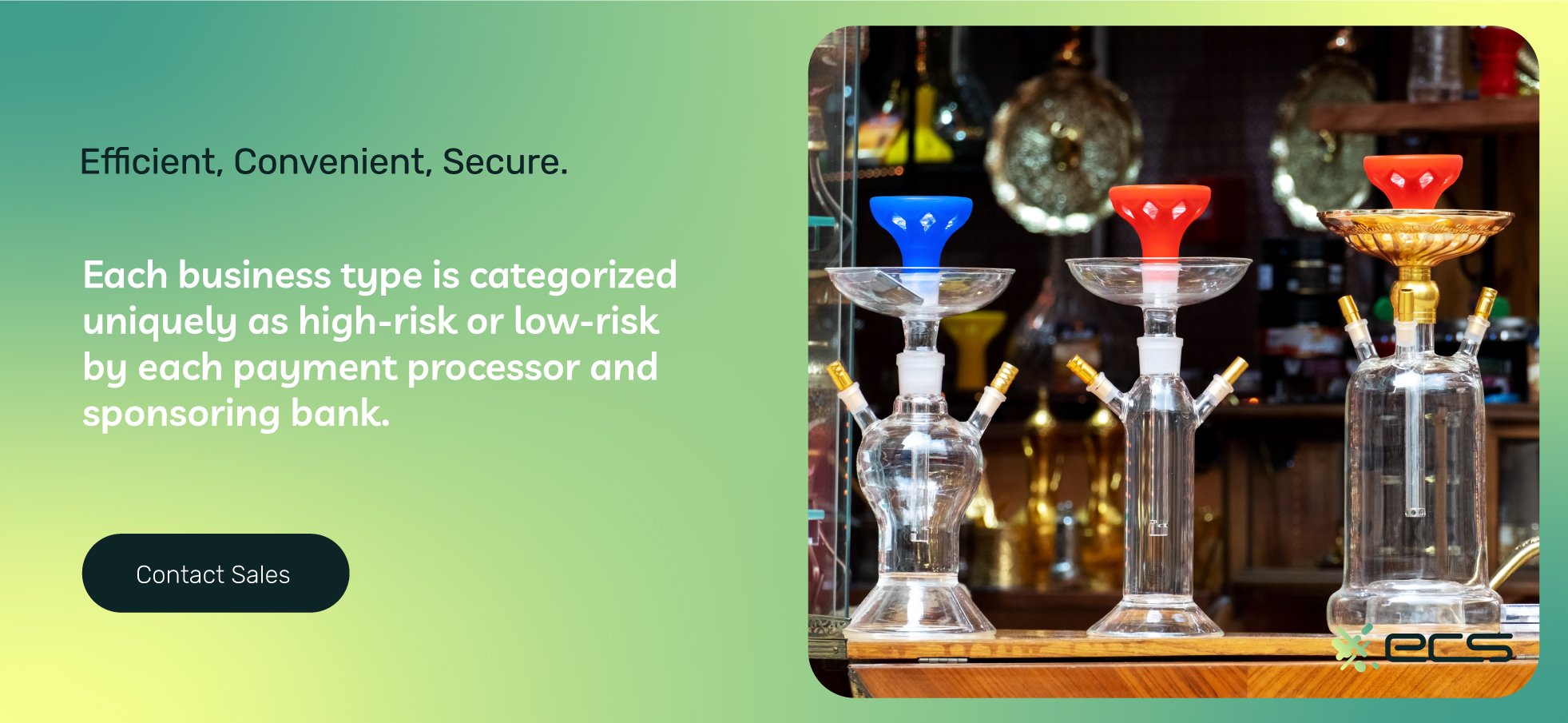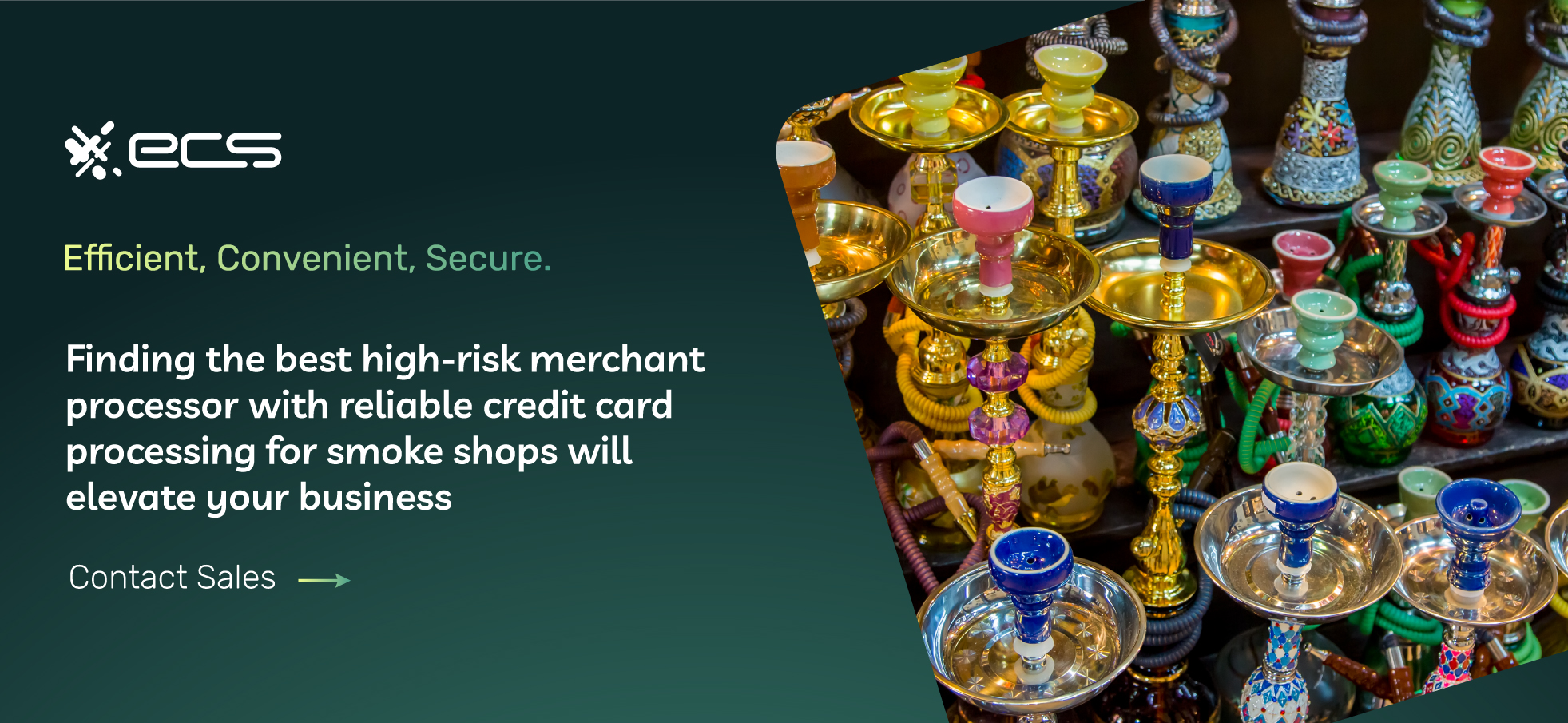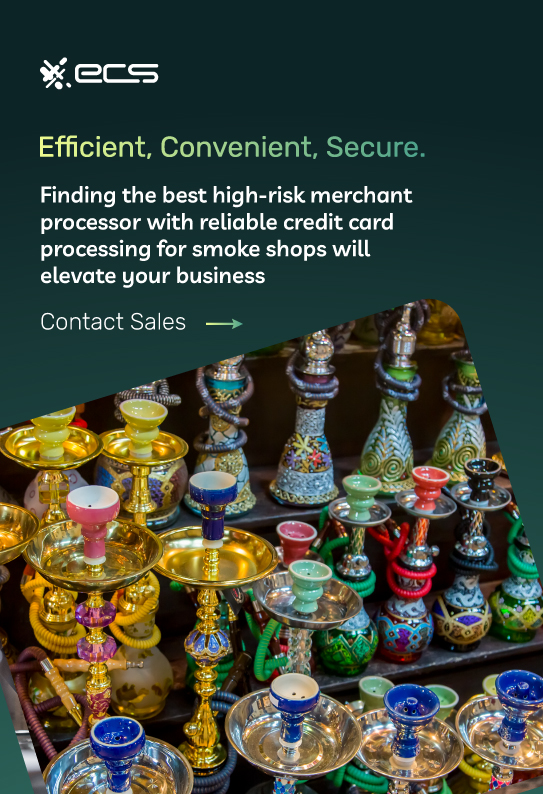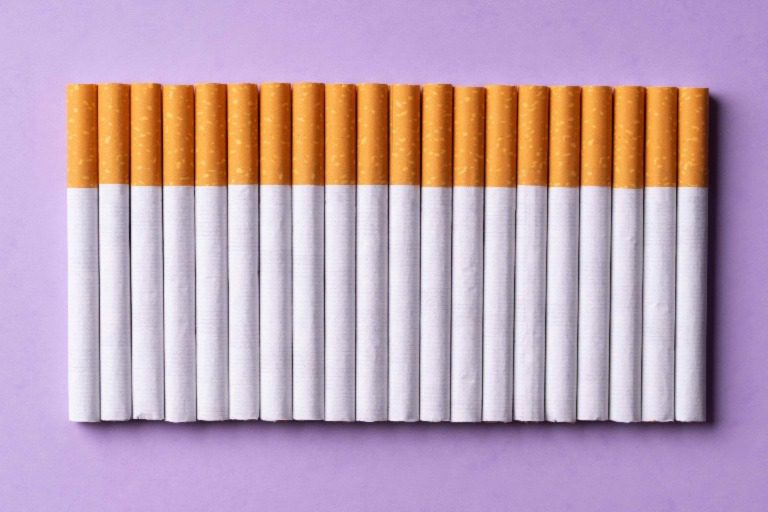The tobacco industry has gone through a tumultuous journey. The evolution of products and the ongoing regulation, places tobacco shop owners in need of a high-risk merchant account. This specialized account is crucial for securely processing card payments and ensuring compliance with industry standards.
The tobacco industry has polarizing views from must-haves, to do not touch. Whether you own a small business that sells tobacco products or a large corporation dominating the tobacco industry, there are insights you may find helpful when it comes to high-risk merchant and payment processing in the tobacco world.
Tobacco Industry Regulations And Demand Fluctuations
Initially, the tobacco industry promoted its products for their supposed powerful health benefits. However, as the years went on, tobacco research began to shed light on the risk factors and negative impacts of tobacco use. But, the industry continued to flourish, especially with the rise of cigarette production in the early 1900s.
However, in the mid-1900s the Surgeon General’s warning on the negative side-effects of smoking opened the eyes of many Americans and led to Federal Government regulation on the distribution and sales of tobacco products. And, to no surprise, in the late 1990’s lung cancer quickly became the number one cause of cancerous deaths among women in the United States. The industry continued to decline in popularity due to government regulations and targeted anti-tobacco campaigns.
However, in the past decade, tobacco industries have developed more intriguing ways to regain their consumers. The industry revamped and created new tobacco products with fun flavors to market to the younger generation. The craze of new flavorful e-cigarettes and vapes have helped the tobacco industry to gain a comeback from its downhill decline in popularity.
Selling Tobacco Products
In 2023 tobacco was a $270.24 billion industry. By 2030, tobacco sales are forecasted to be $1,049.87 billion with a 2.4% growth.
With the CDC’s most recent statistics on tobacco use, as of 2023, there are an estimated 29 million adults in the US that are current smokers, out of these, an estimated 8.1 million are consumers of electronic cigarettes or vapes.
Over the years, tobacco products have changed in many ways. Tobacco-related products can be anything now from cigarettes, cigars, chewing tobacco, electronic cigarettes, loose-leaf for tobacco pipe smoking, shisha for hookah smoking, and many more.
With millions of consumers nationally seeking tobacco products for daily use, being in the tobacco industry as a merchant is no longer slowing down, but rather it’s gaining even more popularity.
To efficiently sell tobacco products, a merchant will need to offer more ways to pay, including credit and debit cards. However, a merchant selling tobacco products must be aware, as they may be considered high-risk for credit card processing companies.

What is a High-Risk Merchant?
Payment processors and sponsoring banks categorize businesses inquiring to process digital transactions as high-risk or low-risk. There are numerous reasons a business may be considered higher risk.
A high-risk merchant account may be classified as such based on:
- the nature of the business
- its industry
- government regulations
- age restrictions on its products and services
- transaction amounts
- business history
- the owner’s personal credit score
However, the ultimate definer for a high-risk merchant is the potential for fraud and chargebacks in large quantities.
Furthermore, if a merchant is on the MATCH list, it will undoubtedly be considered a high-risk merchant. And will even be denied by processors who do accept high-risk merchants. The MATCH list is a compilation of merchants who have been terminated by their processor or acquiring bank due to an excessive amount of chargebacks. These merchants carry an inadmissible level of risk and will struggle to find a new payment processor.
Needless to say, credit card processing for smoke shops in many cases could be considered high-risk.
What is a High-Risk Merchant Processor?
A high-risk merchant payment processor has relationships with acquiring banks that allow them to offer merchant services to high-risk merchants. However, some processors will accept some high-risk businesses and not others. It will vary as a case-by-case scenario for some banks and processors.
Certain payment methods may be limited as a high-risk tobacco merchant. Many banks prohibit card-not-present transactions on high-risk accounts including accounts that sell tobacco products, especially any products that contain nicotine.
Card-not-present transactions refer to online or keyed transactions. Although these card-not-present transactions may be prohibited, the sale of tobacco in a card-present or face-to-face environment is more widely accepted by credit card processors and acquiring banks.
Merchant services for high-risk industries including tobacco merchant services may, however, come with some stipulations. When processing credit and debit card transactions under a high-risk label your merchant account may be subject to higher fees, rolling reserves, longer contracts, and pricey early termination fees should you break your contract.
All of these possibilities can be discussed individually with your sales representative for your payment processor.
Chargebacks Can Hinder Your Smoke Shop
A customer can issue a chargeback on their credit card for a few reasons. Whether it be a truly fraudulent transaction or “friendly” fraud, merchants need to know how best to protect themselves. Left unchecked, chargebacks can destroy a tobacco retailer’s bottom line. When a business receives a chargeback, not only do they lose out on the cost of the product, their revenue, and any fulfillment costs, but they also must pay chargeback fines to their credit card processor regardless of whether the chargeback is legitimate or not.
Additionally, if there are enough chargebacks on the merchant account, their credit card processor may terminate the merchant agreement altogether. Termination can make it impossible to find a new suitable credit card processing for smoke shops and the business would not be able to accept credit cards going forward. This result could be detrimental to business.
There are ways to regain the sale price from an illegitimate chargeback claim, and we will get to that later.
True Fraud Vs. Friendly Fraud
But first, what’s the difference between a truly fraudulent purchase and “friendly” fraud? Because friendly and fraud sure don’t seem like they go together.
Fraudulent Purchases mean a customer is making an unauthorized purchase at your store or website using a stolen credit card or credit card information. Once the legitimate cardholder realizes their card was used for something they did not purchase, they will (if they are wise) initiate a dispute or chargeback to recover their stolen funds.
Friendly fraud occurs when a legitimate customer who used their card to purchase products then issues a chargeback rather than requesting a refund. They can claim to their bank that the product never arrived, that it was damaged, or arrived not as described. They can even claim that they didn’t authorize the charge or some other reason. All so that they don’t have to pay for it, whether they actually used the product or not.


Steps a High-Risk Tobacco Merchant Can Take to Avoid Credit Card Fraud and Chargebacks
Although credit card processing for smoke shops can be high-risk, there are certain things that tobacco retailers can do to limit fraud and high chargeback ratios.
So, what is a good chargeback ratio? An acceptable chargeback ratio for merchants accepting credit cards is below 0.5%. Anything above 1% is automatically a high-risk factor.
There are a few best practices that smoke shops can take to reduce their exposure to credit card fraud and chargebacks.
Maintain PCI Compliance
First and foremost, any merchant accepting credit card transactions must remain compliant with PCI Data Security Standards. PCI regulations were designed to safeguard cardholder data, but ultimately, remaining compliant with their guidelines safeguards your business.
Enable Fraud Filters in Your Payment Gateway
To better ensure that customers are the actual owners of a credit card used to make a purchase at your shop, be sure to select certain settings in your payment gateway’s fraud filter for online purchases.
- Flag purchases that are shipping to countries outside of your geographic target.
- Flag purchases made with a credit card outside your geographic target.
- Flag all purchase amounts outside of a normal range to review manually.
- Require all customers to enter their zip code for (AVS), and CVV before approving the sale.
- Restrict customers to 3 attempts when entering credit card data to prevent “guessing” zip codes.
Set Up Chargeback Notifications
To quickly catch chargebacks, set up chargeback notifications. The sooner you are aware of a chargeback, the sooner you can fight it.
Fight Illegitimate Chargebacks
Next, once you are aware of a chargeback, if you believe the transaction was valid, you can enter into a dispute process with the credit card processor and cardholder’s bank. But be aware, regardless of how well you state your case, customer banks tend to side with the cardholder.
Every processor will require different information from you to prove the validity of the purchase. However, generally speaking, you will need to provide any receipts, documentation, identification, and proof of purchase that you can acquire.
High-Risk Credit Card Processing for Smoke Shops Wrap-Up
Originating in Native American culture for medicinal and ceremonial purposes, tobacco has transformed into a more hybrid product full of toxins and chemicals and increasingly addictive properties, leading to an influx of cancer and becoming the leading cause of cancerous death in the late 20th century.
After its decline in the early 21st century, from massive health campaigns against tobacco products, the industry is now booming with its targeted marketing to the younger generation with flavorful alternatives with the same addictive qualities.
With such a booming industry, accepting convenient forms of payment without interruption is a must. In high demand, tobacco is a lucrative industry, profiting off its ever-evolving generational pulls and products.
Finding the best high-risk merchant processor with reliable credit card processing for smoke shops will elevate your business as a competitor with convenience for its consumers.
To contact sales, click HERE. And to learn more about ECS High-Risk Merchant Processing visit High-Risk.
Updated January 2024
